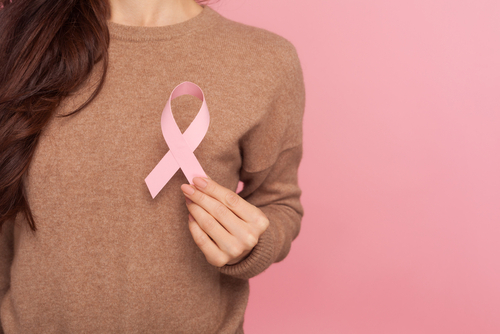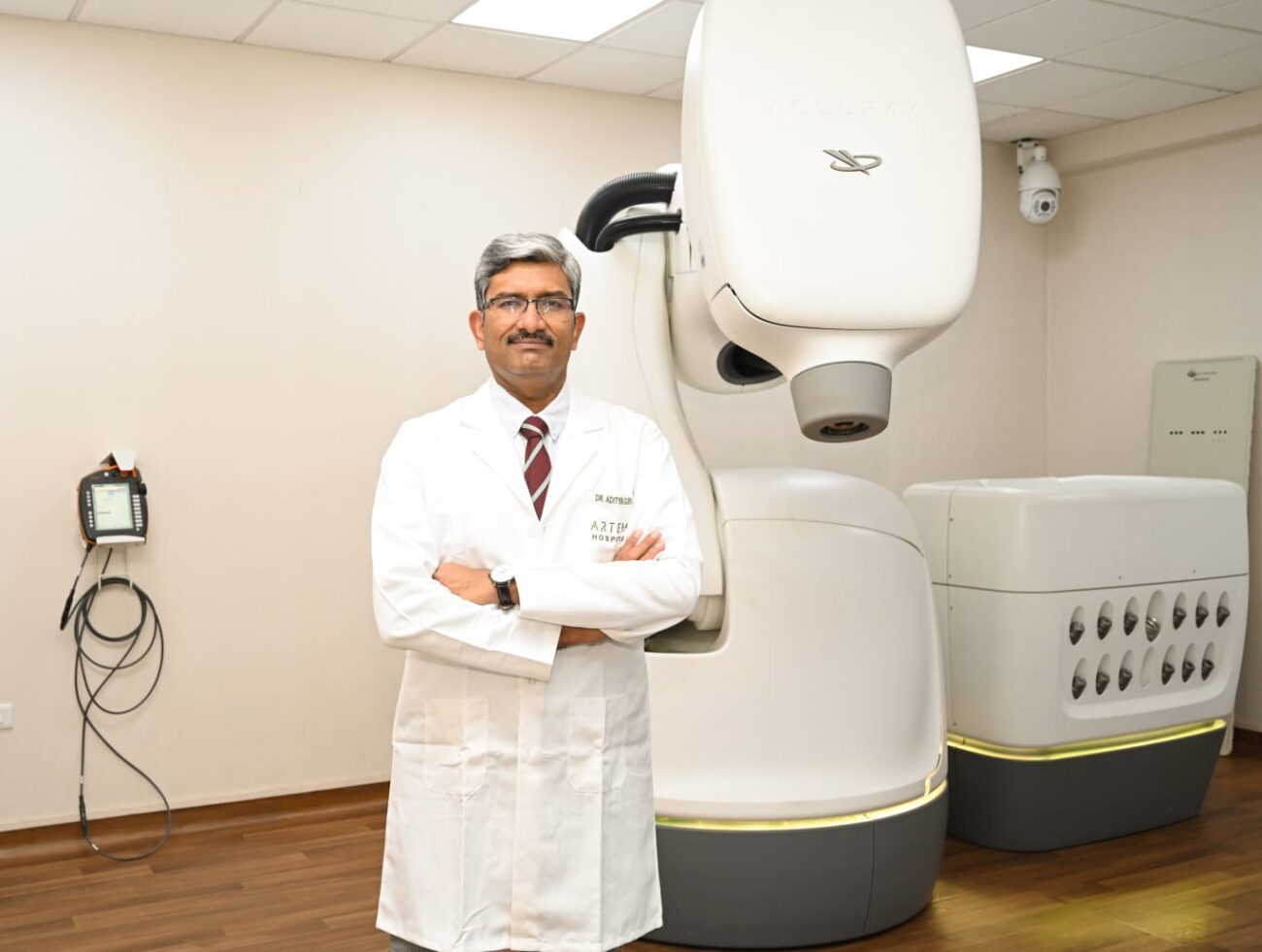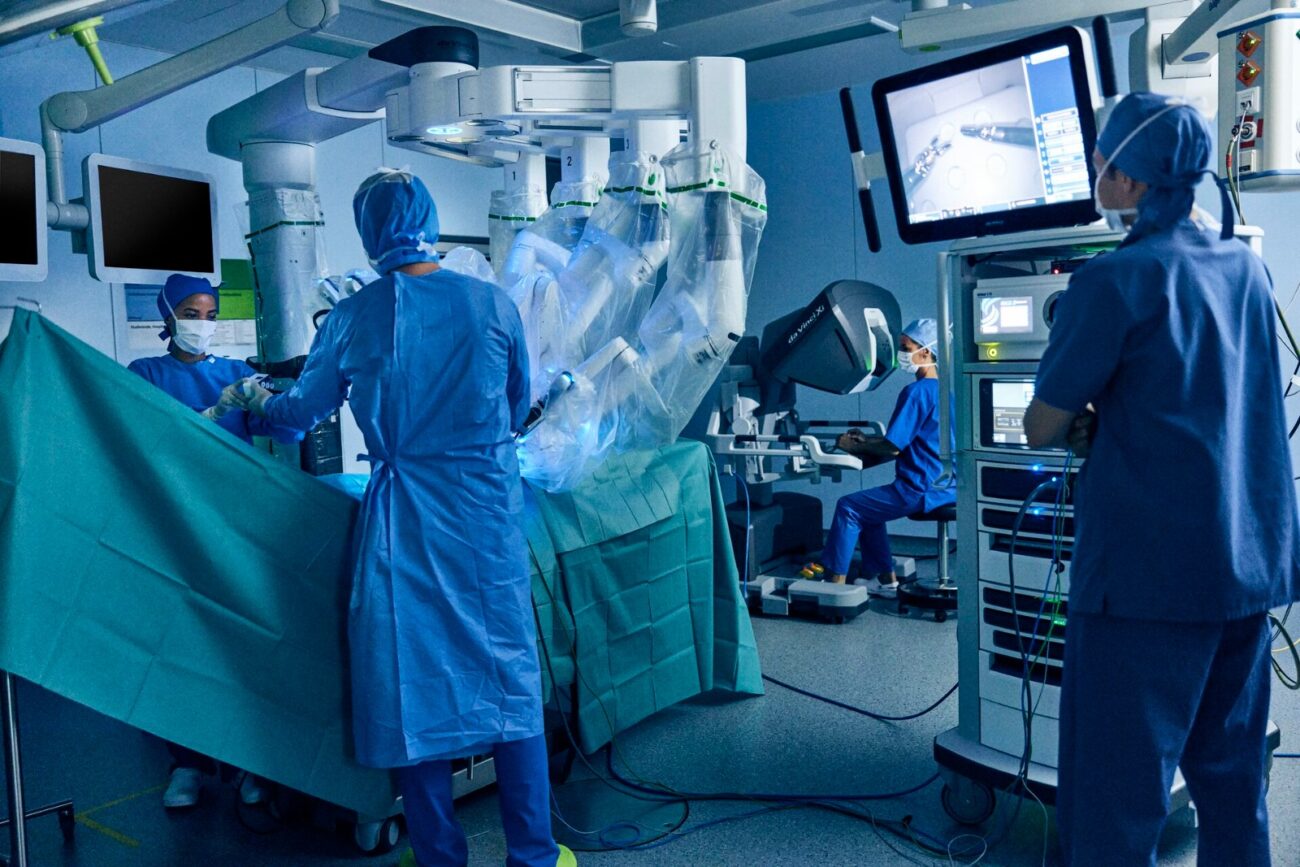Breast Cancer: Importance of Self-Breast Examination and ways to perform it
By Dr. Amrita Chakraborty, Consultant, Onco-Radiology, HCG EKO Cancer Centre, Kolkata The month of October is observed as Breast Cancer Awareness month across the globe. Aimed at educating the public and supporting breast cancer survivors to

By Dr. Amrita Chakraborty, Consultant, Onco-Radiology,
HCG EKO Cancer Centre, Kolkata
The month of October is observed as Breast Cancer Awareness month across the globe. Aimed at educating the public and supporting breast cancer survivors to lead a better life, this health event, often referred to as ‘Pink October,’ also insists on the importance of prevention and regular screening for the early diagnosis of breast cancer.
Breast cancer is the growth of malignant or cancerous cells in either or both breasts. Most breast cancers, occur around the lining cells of ducts or the lobules, while the rest appear in the glandular tissue. If not diagnosed on time, treating breast cancer could be challenging, and that’s why doctors encourage active self-examination to detect the presence of lumps or nodes if any.
Breast Self-Exam (BSE)
Self-examination of the breasts is an easy, convenient, and yet necessary procedure to find the early signs of breast cancer. It can be done at the convenience of your house, and doctors highly recommend correlating the observations and findings with imaging tests like mammography, ultrasound, MRI, and PET-CT.
Procedure
Self-Examination of the breast is done in 5 steps, and this is how one should perform it
Step 1:
Stand facing the mirror with your shoulders up front, and arms rested on the hips. Observe the usual size, shape, and colour of the organs and observe for any visible swelling and discolouration.
If you observe any dimpling, wrinkling, retraction, altered position, or redness and rash, talk to your doctor immediately.
Step 2:
Lift both hands upwards and see if those changes are still visible.
Step 3:
Observe for any fluid secretions from one or both nipples. The secretion can be watery, milky, yellow fluid, or even blood.
Step 4:
Lie down in a supine or flat position. With your right hand, test your left breast and alternate the same with your left hand. While testing, use the finger pads of your hands to feel the breasts and run in a circular motion around the size of a quarter.
Even as you do that, cover the whole breast from top to bottom, coating both sides right from the collarbone to the top of the stomach region and from the armpit to the cleavage and nipples. While testing, use light to medium pressure to feel the tissues and detect the presence of lumps in deep tissues.
If you have felt the ribcage, you have completed the test and reached the deep tissue.
Step 5:
The final step is to feel the breast, either standing or sitting. It is advisable to self-examine even while taking a shower, and it is easy to feel lumps on wet skin.
What If There is a Lump?
Relax. Lumpy regions in the breasts are quite common, and they can be benign or non-cancerous. Hormonal changes, benign breast problems, or an injury can cause swelling or a node-like structure. If one notices a lump or changes in the breast, consult a doctor immediately.
If one is menstruating or waiting for periods, it is crucial to wait till the end of the monthly cycle, as hormonal changes during this time can cause specific changes in the breast.
How Often Should Self-Examination Be Done?
Do It Periodically:
Self-examination of breasts should be done at least once every couple of months. This helps in getting familiarized with the shape and changes in the breast. It is important to self-examine every month, if one is menopausal
Learn About Breasts:
Familial history of breast or other cancer can also trigger breast cancer among women; therefore it is necessary to stay cautious and vigilant about the changes. Listen to the body and learn about the physiology of the breast and ways to detect lumps.
Go For Mammogram:
Besides regular self-examination, make sure to go for a mammogram test annually as a part of regular body check-ups. In case of any presentable symptoms, signs or changes, consult a doctor, right away.






